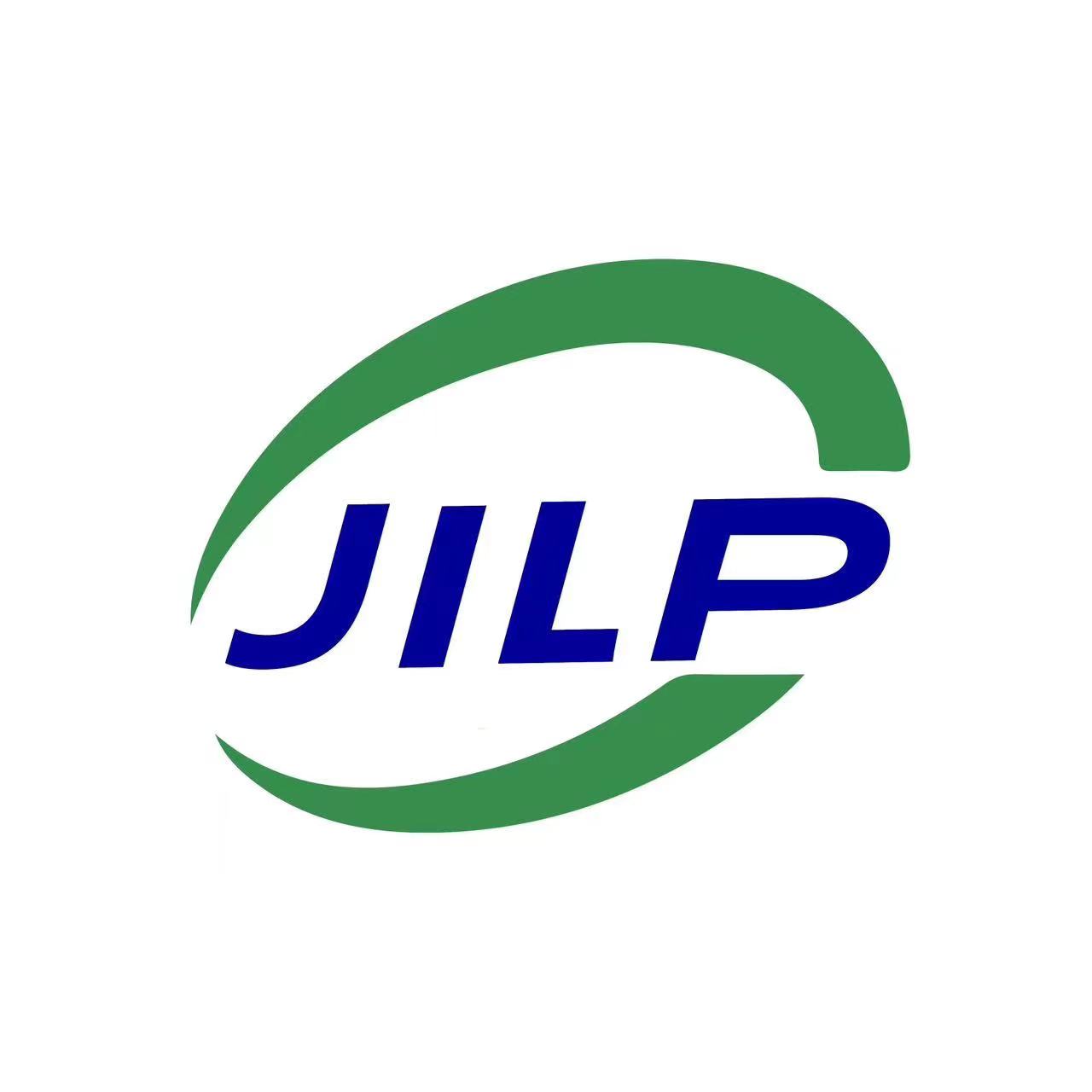Clearance Seals in Cryogenic Environments: Sealing the Cold
Clearance Seals in Cryogenic Environments: Sealing the Cold
Introduction
Clearance seals play a crucial role in various industries where cryogenic environments are prevalent. From aerospace and energy to pharmaceuticals and food storage, these seals ensure that the cold is effectively contained while preventing leakage and maintaining system integrity. In this article, we will explore the importance of clearance seals in cryogenic environments and delve into the challenges and advancements in sealing technologies.
1. Understanding Cryogenic Environments
Cryogenic environments involve extremely low temperatures, typically below -150°C (-238°F). These environments are commonly found in industries where the storage, transportation, or processing of liquefied gases, such as nitrogen, oxygen, or hydrogen, is required. Effective sealing in these environments is crucial to prevent the loss of valuable resources, ensure safety, and maintain optimal operational conditions.
2. Challenges in Sealing Cryogenic Environments
Sealing in cryogenic environments presents several unique challenges due to extreme temperature differentials and material properties. Some of the key challenges are:
A. Thermal Cycling: Cryogenic systems often undergo frequent temperature fluctuations, resulting in thermal cycling. This cycle of cooling and heating can cause seals to contract and expand, leading to potential leaks if not properly addressed.
B. Materials Compatibility: Not all materials can withstand the extreme cold temperatures of cryogenic environments. Seals must be made from compatible materials that can maintain their integrity without becoming brittle, losing elasticity, or experiencing excessive shrinkage when exposed to low temperatures.
C. Cryogenic Fluids' Effect: Some cryogenic fluids, like liquid nitrogen, can cause freezing and embrittlement of seals if they come in direct contact. This can lead to seal failure and compromise system operations.
D. Mechanical Stress: Cryogenic seals may also experience mechanical stress due to rapid pressure changes, vibrations, and system movements. The seals must be designed to withstand these stresses without deforming, cracking, or compromising their sealing capability.
3. Advancements in Clearance Seal Technologies
Over the years, significant advancements have been made in sealing technologies to overcome the challenges posed by cryogenic environments. These advancements, coupled with rigorous testing and research, have led to the development of specialized clearance seals with enhanced performance characteristics. Some noteworthy advancements include:
A. Flexible Composite Seals: Traditional seals made from homogeneous materials may not adequately accommodate thermal cycling. Flexible composite seals, on the other hand, are designed with multiple layers of compatible materials, allowing them to withstand temperature variations while maintaining effective sealing.
B. Cryogenic Compatible Elastomers: Researchers have extensively studied and developed new elastomers specifically engineered for cryogenic applications. These elastomers possess excellent low-temperature flexibility, resilience, and resistance to embrittlement, making them ideal for sealing in cryogenic environments.
C. Cryogenic Barrier Coatings: Specialized coatings applied to seal surfaces provide an additional layer of protection against the freezing effects of cryogenic fluids. These coatings enhance seal durability, reduce permeation, and minimize the risk of embrittlement.
D. Active Sealing Systems: Active sealing systems utilize innovative technologies like magnetic sealing or adaptive sealing to dynamically adjust the seal's performance based on environmental conditions. These systems actively respond to temperature changes, ensuring a consistent and reliable seal throughout thermal cycles.
E. Computational Modeling and Simulation: Advanced computational modeling and simulation techniques have played a crucial role in optimizing seal design and material selection. These tools allow engineers to predict seal behavior under various cryogenic conditions, enabling faster development and improved performance.
4. Industry Applications and Implications
Clearance seals find applications across various industries where cryogenic environments are essential. Some notable industries benefiting from sealing advancements in cryogenic environments are:
A. Aerospace and Space Exploration: Cryogenic environments are integral to rocket propulsion systems, satellite manufacturing, and deep space exploration. Reliable clearance seals are crucial to ensure the success and safety of these missions.
B. Energy and Superconductivity: Cryogenic environments enable superconducting technologies, which are key to high-power transmission, MRI machines, particle accelerators, and fusion reactors. Sealing in these applications is vital for efficiency, reliability, and safety.
C. Food Storage and Processing: Cryogenic freezing and storage techniques are widely employed in the food industry to preserve freshness, quality, and extend shelf life. Proper clearance seals prevent air and moisture ingress, maintaining the desired temperature throughout the process.
D. Pharmaceutical and Medical Applications: Cryogenic conditions are critical for storing and transporting biological materials, pharmaceuticals, and vaccines. Clearance seals ensure the integrity and stability of these sensitive substances, safeguarding their efficacy and potency.
E. LNG (Liquefied Natural Gas) Industry: Sealing in LNG storage and transportation plays a pivotal role in preventing methane leaks, minimizing environmental impact, and ensuring efficient energy transfer.
Conclusion
Clearance seals in cryogenic environments are essential for maintaining system integrity, preventing leakage, and ensuring optimal operational conditions in industries ranging from aerospace to food storage. Advancements in sealing technologies and materials have significantly improved the seal performance and reliability in extreme cold temperatures. As technology continues to evolve, clearance seals will continue to play a vital role in sealing the cold and enabling various industrial applications in cryogenic environments.







